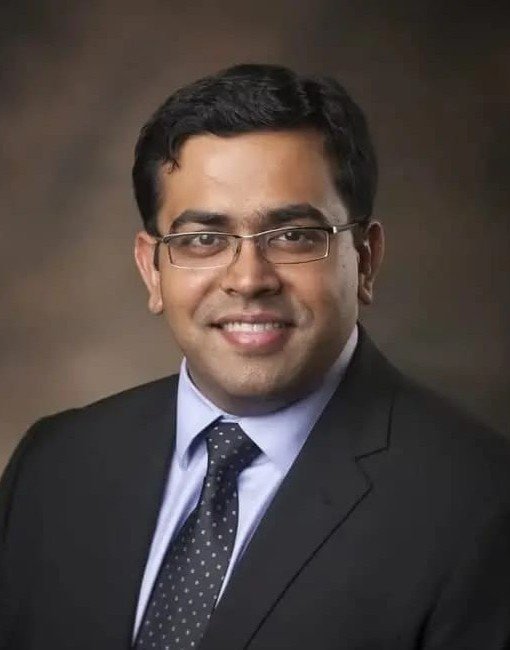What is an Aortic Aneurysm?
The main artery from the heart that carries blood is the Aorta. When there is a weakening in the wall of the aorta, it bulges and may rupture, causing life-threatening bleeding. This condition, called Aortic Aneurysm, can also block blood pumping from the heart to other organs.
Aneurysms are often silent and do not show any signs or symptoms. It is more common in men aged 56 and above. If left untreated, an aneurysm can be extremely dangerous. There are two main ways to manage this condition: open surgery and endovascular repair.
The choice of repair method for a patient with an aneurysm is unique as it depends on factors like the patient’s age, size, and location in the body. Read on to learn about the two main aneurysm repair methods, the associated risks, the recovery process, lifestyle changes, and more.
Aneurysm repair through open surgery:
Although open surgical repair is a conventional approach, it is considered effective in treating aortic aneurysms.
Surgeries for an aortic aneurysm are among the most critical and risky cardiac procedures performed these days.
Our chief cardiac surgeon, Dr. Nikhil
In this method, the patient is placed under general anasthesia, and the cardiac surgeon opens the affected area. The weakened part of the aorta is then replaced with a graft- an artificial tube to allow normal blood flow.
Aneurysm repair through Endovascular Repair:
The latest and most advanced surgical option for aneurysms is Endovascular Repair (EVAR), which is a minimally invasive method. Here, the surgeon inserts a thin catheter into the blood vessels and places a metal tube called the graft. This prevents the rupturing of the blood vessel.
Compared to traditional open surgery, some additional benefits of EVAR are:
- Smaller cuts are made
- Reduced blood loss
- Easy to heal and quicker recovery period
Although EVAR is an advanced technique, it is unsuitable for all types of aneurysms.
At Heart360 Care, one of the best cardiology in Chennai, our cardiologists will diagnose the condition and determine the most suitable method of aneurysm repair.
Symptoms of Aortic Aneurysm and its Diagnosis:
Usually, aortic aneurysms are symptomless, making them difficult to identify. Treatment and repair procedures are more effective before an aneurysm ruptures.
Sudden back pain, coughs, shortness of breath, and chest pain can sometimes be considered symptoms of the aneurysm.
Some of the imaging techniques that can help diagnose an aneurysm and its location and size include:
- Echocardiogram
- CT Scans
- MRI
Risks and Considerations:
The affected individual’s age, overall health, size, location of the aneurysm, family medical history, and genetic conditions all contribute to deciding the right repair approach.
While both conventional open surgery and the latest endovascular surgery are effective measures to compact aneurysm, they also have their share of associated risks, such as:
- Developing infections at the surgical sites
- Excessive bleeding during or after surgery
- Reactions to anasthesia
- Formation of blood clots in legs or lungs
- Damage to surrounding tissues near the area of surgery
- Chances of graft or stent-related complications
- Other cardiac conditions like stroke or heart attack for people with pre-existing cardiac issues
- Possibilities of kidney failure, nerve damage, etc.
Recovery:
Chances of survival after an aneurysm rupture followed by surgery are less than 50 to 70 percent. However, survival chances are high if the aneurysm is diagnosed and treated before rupturing.
Post-surgery, a few weeks to months might be required for a full recovery from aneurysm surgery. You may be advised to make changes in diet and lifestyle activities. Doctors will recommend restricted activity during the recovery period, such as refraining from driving or lifting weights and avoiding smoking or drinking alcohol.
Lifestyle Changes:
Along with medications and regular checkups, making lifestyle changes helps in the management of aortic aneurysms. Below, we have mentioned some lifestyle adjustments that can be adopted for a healthy heart.
- Quit smoking
- Limit alcohol consumption
- Eating a balanced diet rich in fruits, vegetables, whole grains, and lean proteins.
- Managing stress through various techniques like meditation.
- Doing regular exercises
- Keeping a check on blood pressure and cholesterol levels.









